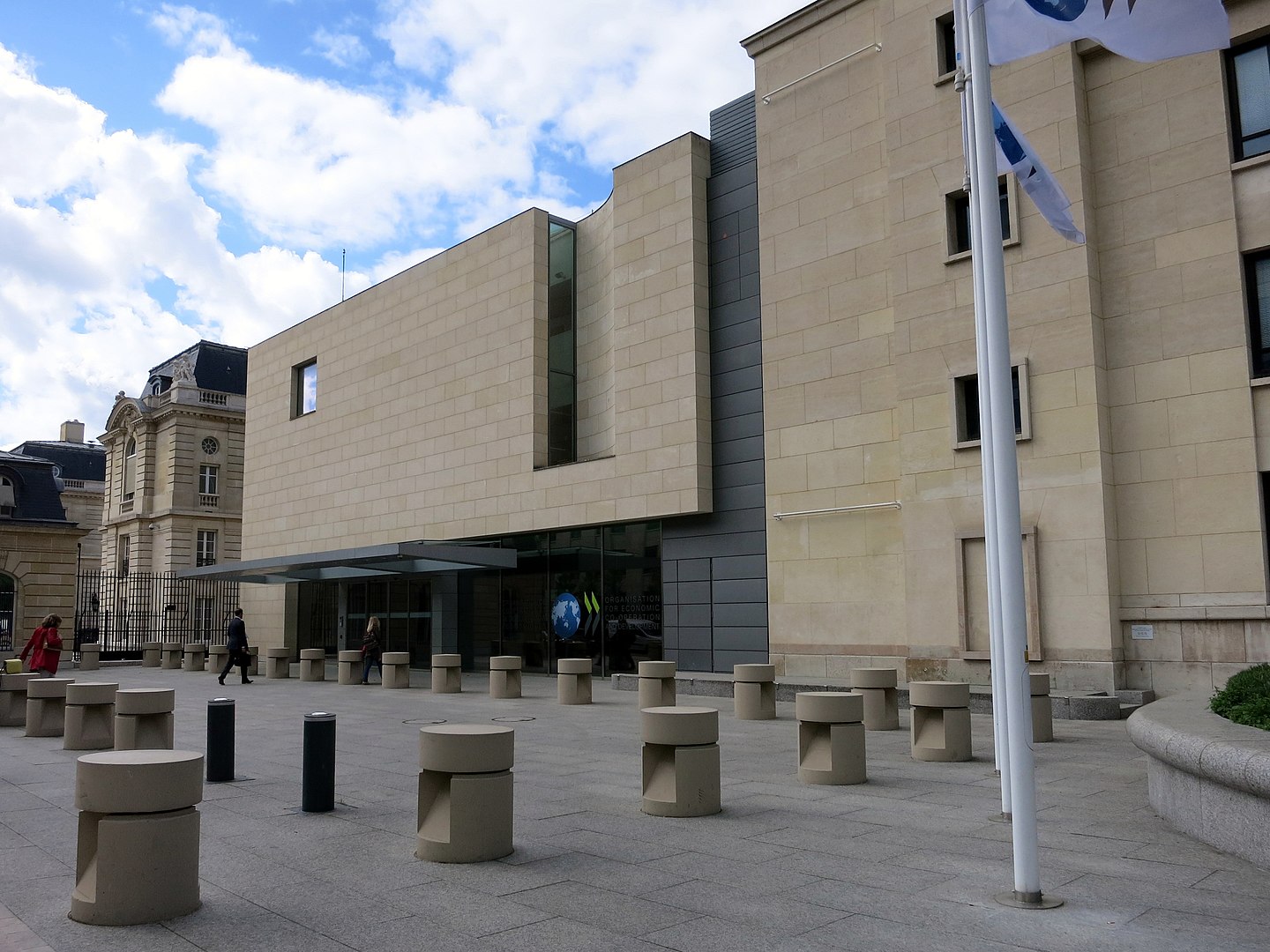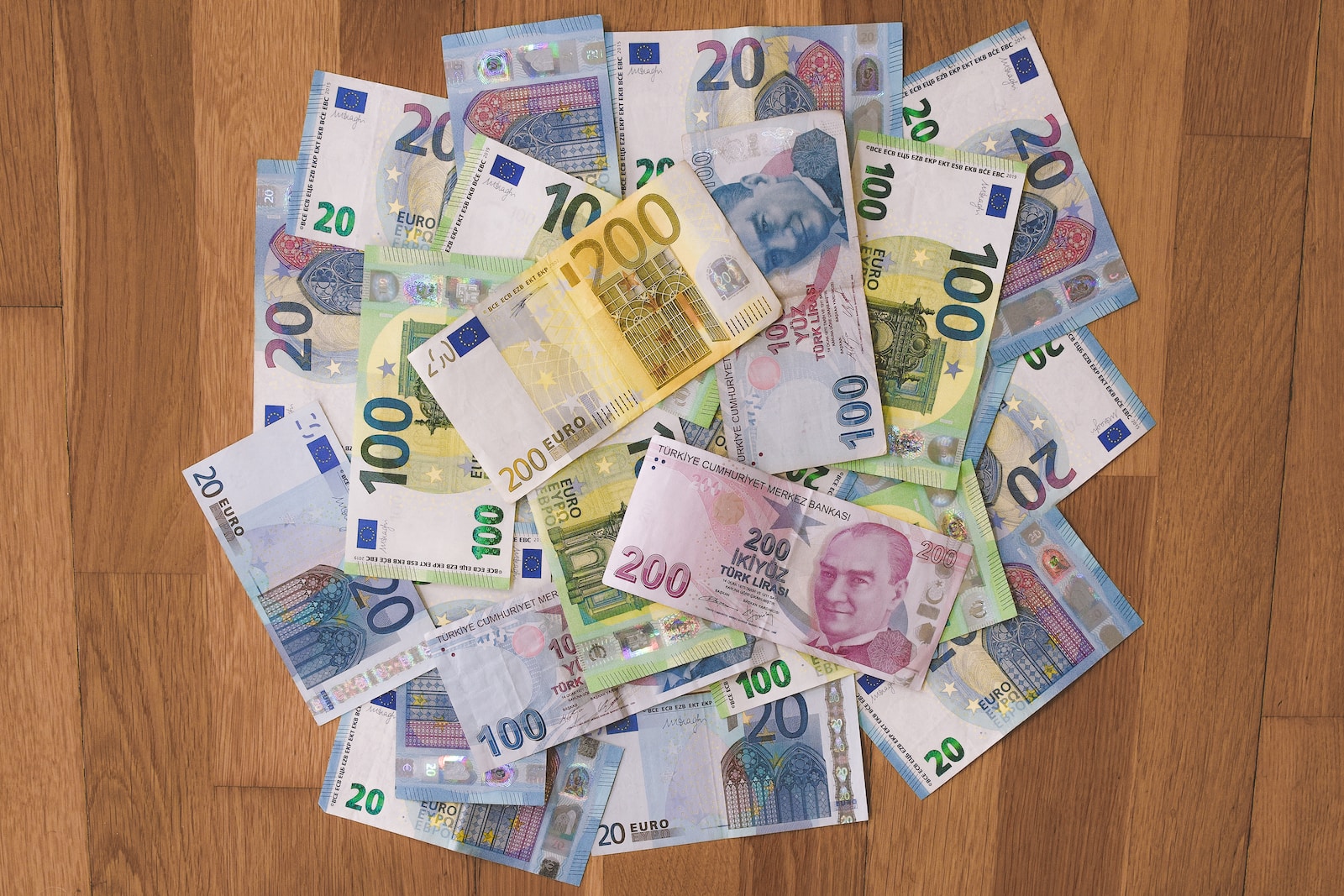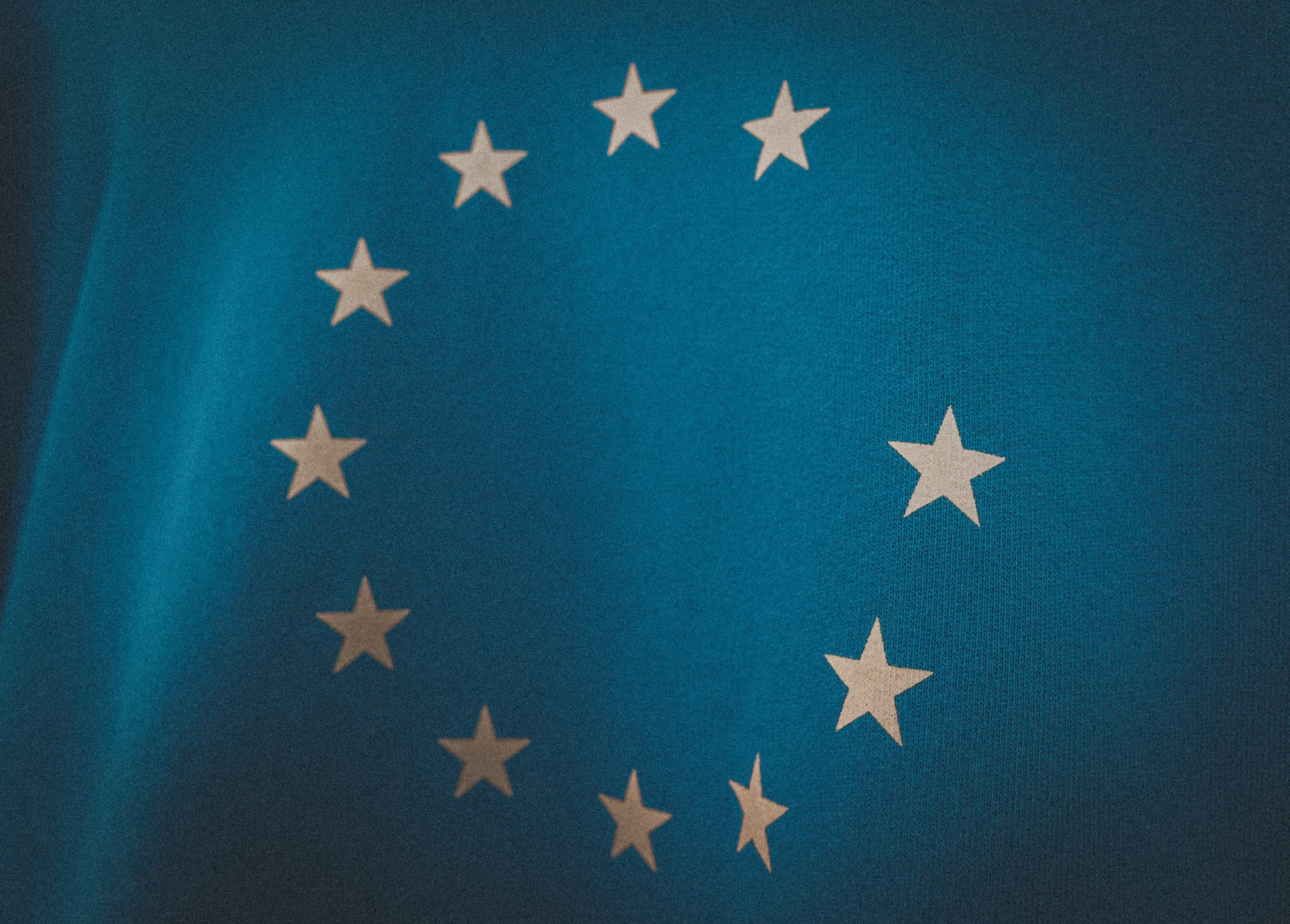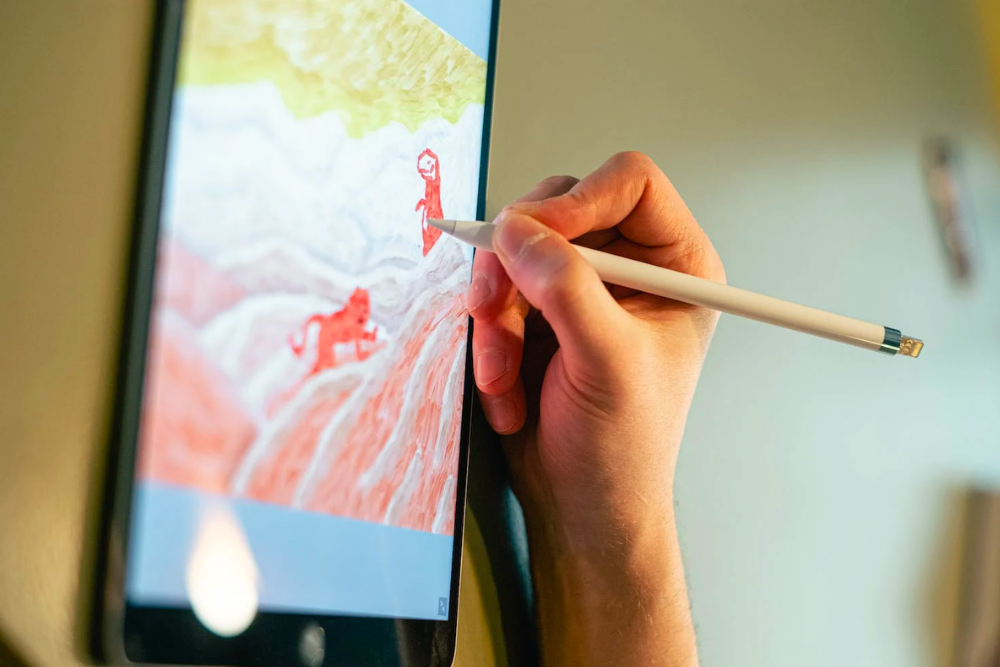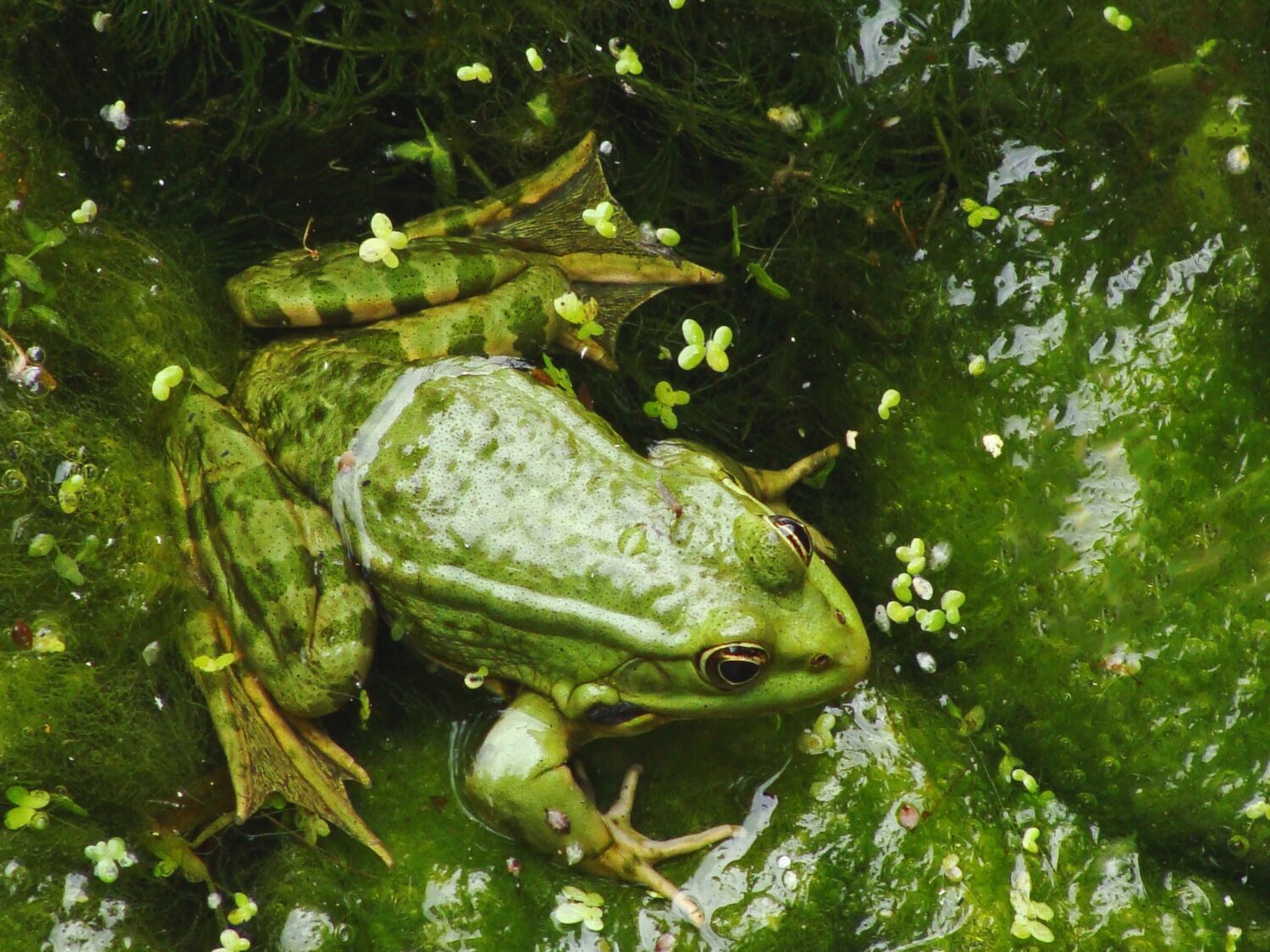Have you ever come across the term OECD in news articles or discussions about the economy? Did anybody ever explain to you what it actually is and why it matters? Here is our humble attempt. The OECD, short for the Organization for Economic Cooperation and Development is an organization that holds influence in shaping global economics and policymaking. Let’s delve deeper into understanding the nature of the OECD, its functions and its importance.
A Platform for Collaborative Economic Efforts
The OECD was established in 1961 as a successor to the Organization for European Economic Cooperation (OEEC) which was originally formed in 1948 to administer aid as part of the Marshall Plan aimed at reconstructing war Europe. The primary purpose, behind creating the OECD was to provide a platform where countries could come together to discuss challenges and work towards implementing sustainable policies that foster economic growth and development.
The Organization, for Economic Cooperation and Development (OECD), is headquartered in Paris. Consists of 38 member countries. These countries include a majority of emerging economies. In the Americas, members range from the United States and Canada to Mexico, Chile and Colombia. In Europe, Germany, France, the UK, Italy and Turkey are included. Asian Pacific representation comes from Korea, Japan and Australia while Israel represents the Middle East. However, it’s important to note that major emerging economies like China, India and Brazil are not currently part of the OECD.
Key Functions and Focus Areas of the OECD
It performs a number of functions:
- It provides a platform for governments to compare policy experiences exchange best practices information and coordinate domestic and international policies effectively.
- The organization analyzes trends within its member countries as well as globally to forecast future developments accurately.
- It collects social data from both member states and selected non-member nations.
- The organization conducts research that leads to recommendations on policies aiming at promoting economic growth along with financial stability and employment opportunities.
- Furthermore; it assists in coordinating approaches for addressing tax avoidance issues by corporations.
Moreover, it focuses on policy areas that have an impact on economic growth and development such, as macroeconomics, trading patterns, investments, technology advancements, taxation laws, environment protection measures, agriculture sector improvements, development initiatives, employment opportunities, schooling systems etc.
Influencing Policy and Standards
The OECD is actively working on initiatives to tackle income, wealth and opportunity disparities. They are also focused on promoting business practices and anti-corruption measures. Additionally, they aim to adapt economies and societies to the challenges posed by an ageing population while supporting development goals, in low-income countries.
In terms of policy and standards, the OECD holds sway through its publication of reports, analyses and recommendations on economic issues. These insights are often relied upon by policymakers and international organizations. For instance, the OECD’s reports on topics like pension systems, corporate governance and productivity play a role in shaping policy agendas and establishing practices.
Furthermore, the OECD has played a role in developing standards and legal instruments that both member countries and non-members adhere to. These cover areas such as taxes, chemical testing protocols, and bribery rules among others. The widespread adoption of the OECD’s PISA test for assessing education systems is a testament to their influence. Media outlets, academia, and businesses frequently refer to the organization’s data and metrics as sources.
With its ability to drive reforms and facilitate policy coordination among economies, the OECD serves as a platform, for countries to learn from one another’s experiences while addressing shared challenges. By adopting evidence-based policies that prioritize efficiency and sustainability growth objectives can be achieved effectively. It is worth noting that adhered benchmarks set by the organization have significantly contributed towards this endeavour
Impacts on the Global Economy
The OECD plays a role, in shaping the economy and international policies in several ways;
By providing reports and statistics on indicators, trade patterns, foreign direct investment and development aid the OECD helps monitor the overall health of the global economy.
The organization’s policy recommendations on matters such as taxes, corporate governance and regulatory practices influence government actions, business frameworks and international cooperation.
Forecasts made by the OECD regarding growth, inflation, employment rates and other factors have an impact on central bank policies, investment decisions and consumer confidence.
Through initiatives focused on areas like trade facilitation, investment promotion, tax avoidance prevention measures and anti-bribery efforts; the OECD sets standards for business conduct across borders.
Social policies related to issues like inequality reduction measures education reform efforts and addressing challenges posed by ageing populations help countries tackle demographic and labor-related concerns.
The OECD also carries out development projects that provide assistance to low-income nations in Africa Asia Latin America and the Caribbean. These projects focus on areas such as finance green growth technology transfer and governance improvements.
Ultimately the OECD plays a role in promoting synchronization among developed emerging and developing countries’ economies through a process of policy analysis research recommendation and review. As one of the international economic organizations along, with the World Bank and IMF, the OECD’s impact is far-reaching.
To sum it up the OECD is an organization that contributes to the promotion of long-lasting economic growth, stability and progress worldwide by conducting policy analysis, research, establishing standards and facilitating collaboration, between developed and developing economies. It plays a part, in shaping the economic environment and priorities.



